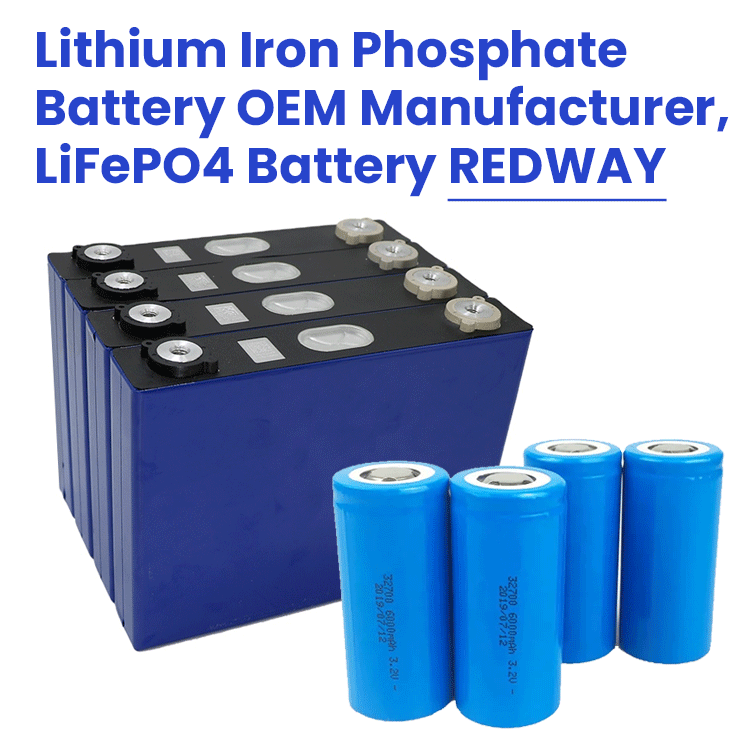The debate between solid-state and lithium-ion batteries centers on their respective advantages and challenges, shaping the future of energy storage technology. Solid-state batteries promise higher energy density and safety, while lithium-ion batteries dominate the current market due to their established technology and infrastructure.
What Are Solid-State Batteries and How Do They Work?
Solid-state batteries (SSBs) utilize a solid electrolyte instead of a liquid one, allowing ions to move between the anode and cathode during charging and discharging cycles. This structure enhances both safety and performance:
- Components: SSBs consist of a solid electrolyte, an anode (often lithium or graphite), and a cathode (typically lithium metal oxides).
- Ion Movement: Ions move through the solid electrolyte during operation, facilitating energy storage and release.
This design minimizes risks associated with liquid electrolytes, such as leakage or flammability.
Chart: Structure of Solid-State Batteries
| Component | Description |
|---|---|
| Anode | Typically made from lithium or graphite |
| Cathode | Often composed of lithium metal oxides |
| Solid Electrolyte | Non-flammable material that conducts ions |
What Are Lithium-Ion Batteries and Their Operating Principles?
Lithium-ion batteries are rechargeable batteries that use lithium ions as the primary charge carrier. They operate through the movement of lithium ions between the anode (usually graphite) and cathode (often a lithium metal oxide) during discharge and charge cycles:
- Components: Consist of a liquid electrolyte, an anode, and a cathode.
- Ion Movement: During discharge, lithium ions move from the anode to the cathode through the liquid electrolyte, generating electricity.
This well-established technology is widely used in consumer electronics, electric vehicles, and renewable energy storage.
Chart: Structure of Lithium-Ion Batteries
| Component | Description |
|---|---|
| Anode | Typically made from graphite |
| Cathode | Often composed of lithium cobalt oxide or similar |
| Liquid Electrolyte | Conducts lithium ions between electrodes |
What Are the Key Advantages of Solid-State Batteries?
Solid-state batteries offer several advantages over traditional lithium-ion batteries:
- Higher Energy Density: SSBs can store more energy in a smaller volume, making them ideal for applications like electric vehicles (EVs).
- Improved Safety: The use of solid electrolytes significantly reduces risks associated with thermal runaway and flammability.
- Longer Lifespan: SSBs typically offer more charge cycles than traditional batteries, leading to lower long-term costs.
These benefits position solid-state technology as a promising alternative for future energy storage solutions.
What Are the Key Advantages of Lithium-Ion Batteries?
Lithium-ion batteries also have distinct advantages that contribute to their widespread use:
- Established Technology: With decades of development, lithium-ion technology is reliable and well-understood.
- Cost-Effectiveness: Current manufacturing processes make lithium-ion batteries more affordable compared to emerging technologies like solid-state.
- Availability: The infrastructure for production, recycling, and distribution is already in place, facilitating easier adoption.
These factors make lithium-ion batteries a practical choice for many applications today.
What Challenges Do Solid-State Batteries Face?
Despite their potential, solid-state batteries face several challenges:
- High Production Costs: The materials and processes required for manufacturing SSBs can be expensive.
- Technical Limitations: Issues such as dendrite formation can lead to short circuits and affect battery performance.
- Market Competition: Established lithium-ion technologies dominate the market, making it difficult for new entrants to gain traction.
Addressing these challenges is crucial for realizing the full potential of solid-state technologies.
Chart: Challenges Facing Solid-State Battery Adoption
| Challenge | Description |
|---|---|
| High Production Costs | Expensive materials and processes |
| Technical Limitations | Dendrite formation leading to short circuits |
| Market Competition | Established lithium-ion technologies dominate |
How Do Lithium-Ion Batteries Compare in Terms of Challenges?
Lithium-ion batteries also face challenges that impact their performance and sustainability:
- Degradation Over Time: Lithium-ion batteries degrade after numerous charge cycles, reducing their overall lifespan.
- Safety Risks: Risks associated with thermal runaway can lead to fires or explosions if not managed properly.
- Environmental Concerns: Mining for lithium and other materials raises environmental issues related to sustainability.
These challenges highlight the need for ongoing research to improve battery technologies across the board.
What Is the Future Outlook for Both Battery Technologies?
The future outlook for both solid-state and lithium-ion battery technologies is promising but varies significantly:
- Solid-State Batteries: As research progresses, advancements may lead to commercial viability within the next decade, particularly in high-performance applications like EVs.
- Lithium-Ion Batteries: Continued improvements in efficiency, recycling methods, and cost reduction will likely maintain their dominance in consumer electronics and grid storage solutions.
Both technologies will play essential roles in shaping sustainable energy solutions moving forward.
FAQ: Common Questions About Solid-State and Lithium-Ion Batteries
Q1: What is a solid-state battery?
A1: A solid-state battery uses a solid electrolyte instead of a liquid one, enhancing safety, energy density, and lifespan compared to traditional batteries.Q2: Why are lithium-ion batteries still widely used?
A2: They are cost-effective, reliable due to established technology, and supported by existing infrastructure for production and recycling.Q3: What are common applications for each battery type?
A3: Solid-state batteries are ideal for electric vehicles and high-performance electronics; lithium-ion batteries are commonly used in smartphones, laptops, and electric vehicles.
Industrial News: Recent Developments in Battery Technology
Recent developments indicate significant progress in both solid-state and lithium-ion battery technologies. Companies are investing heavily in research aimed at improving performance metrics for both types. Notably, advancements in recycling processes for lithium-ion batteries are gaining traction as sustainability concerns rise. Meanwhile, several firms are nearing commercial readiness for solid-state battery prototypes that promise enhanced safety features. These trends highlight an exciting period for battery innovation.
Redway Expert Insights
“Both solid-state and lithium-ion technologies have unique strengths that cater to different needs within energy storage,” states Dr. Sarah Thompson, an expert in battery technology. “As we continue to innovate across both fields, we will likely see hybrid systems emerge that leverage the best attributes of each technology.”



